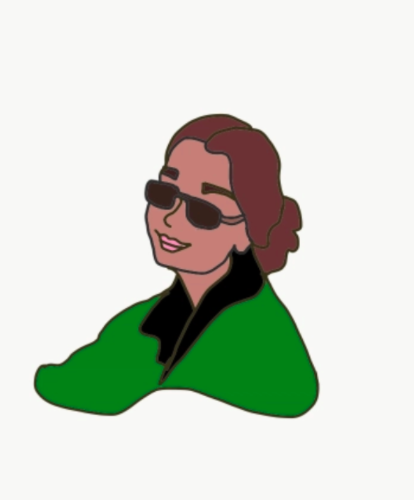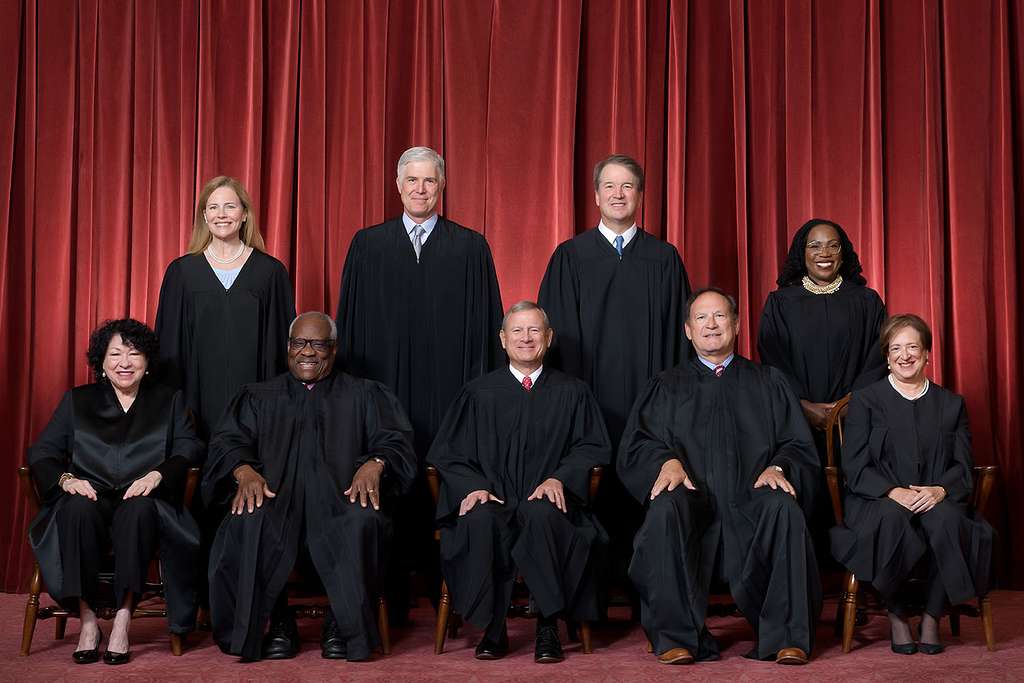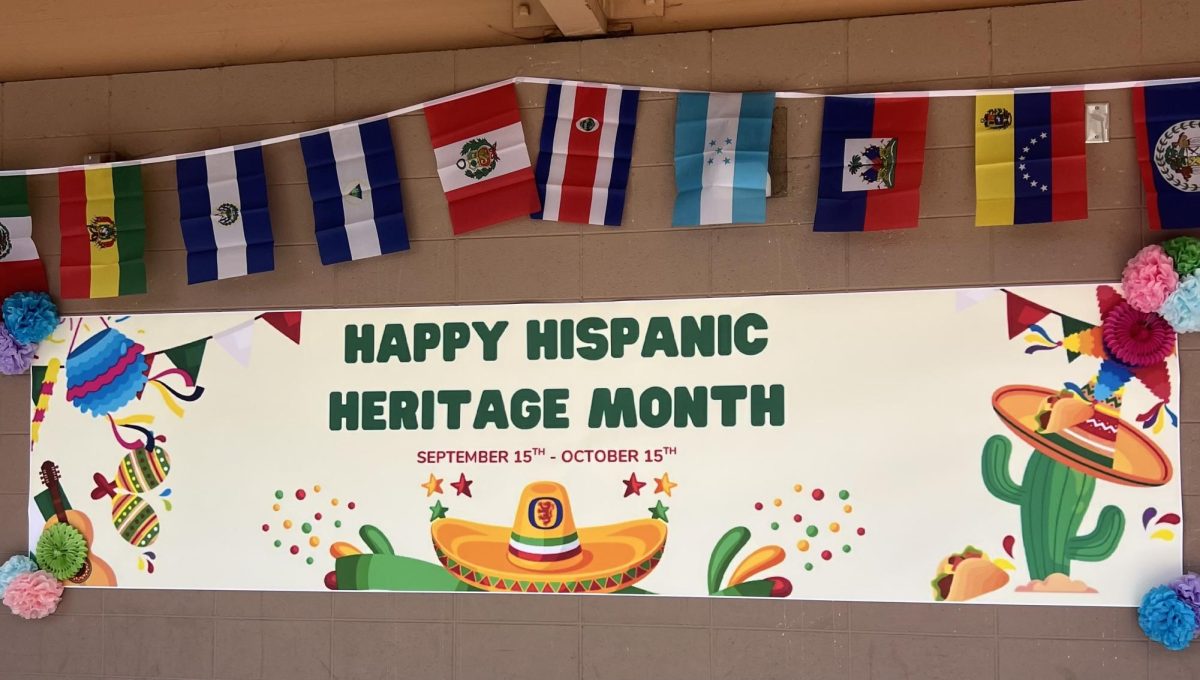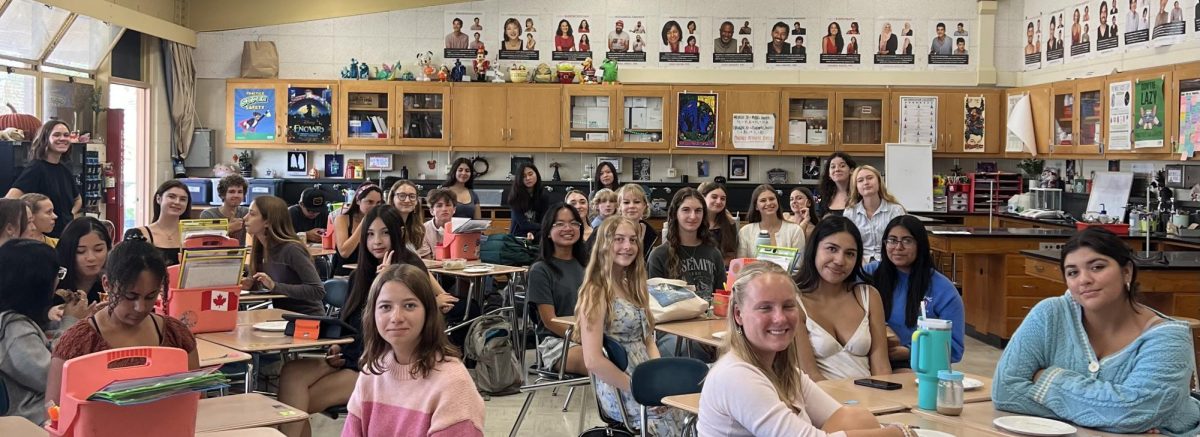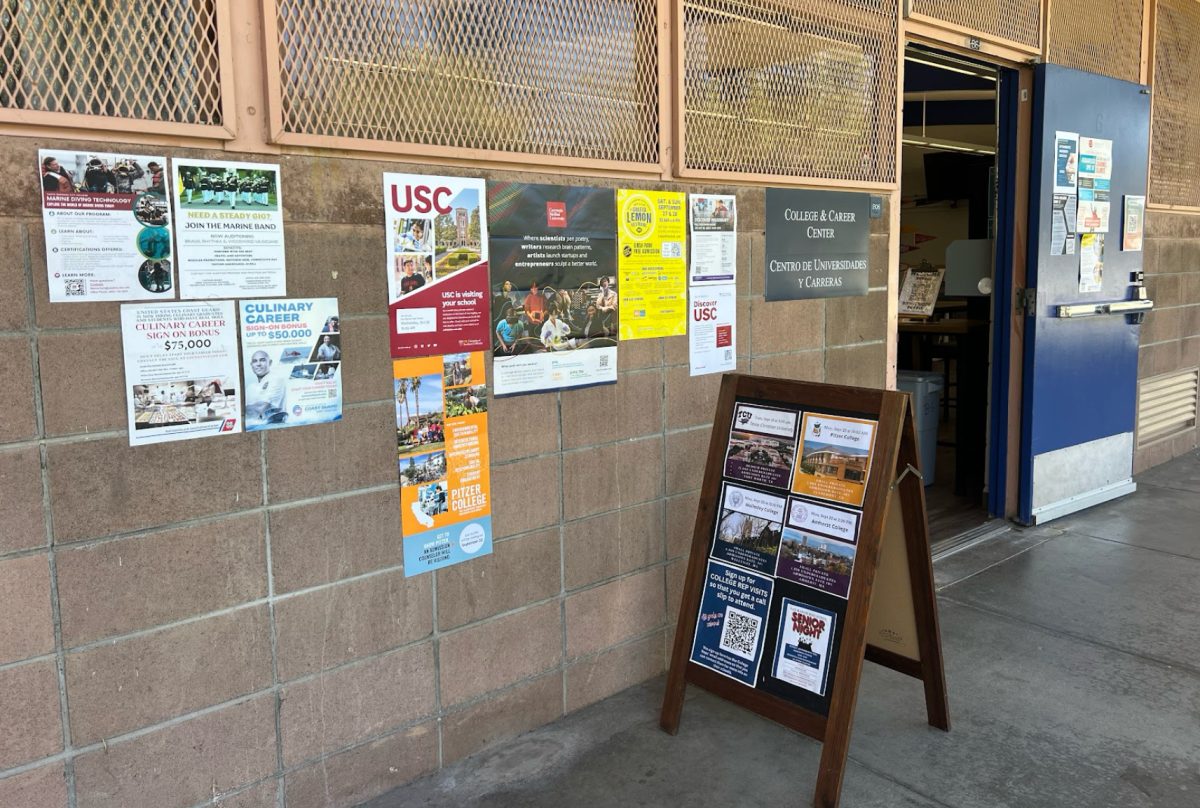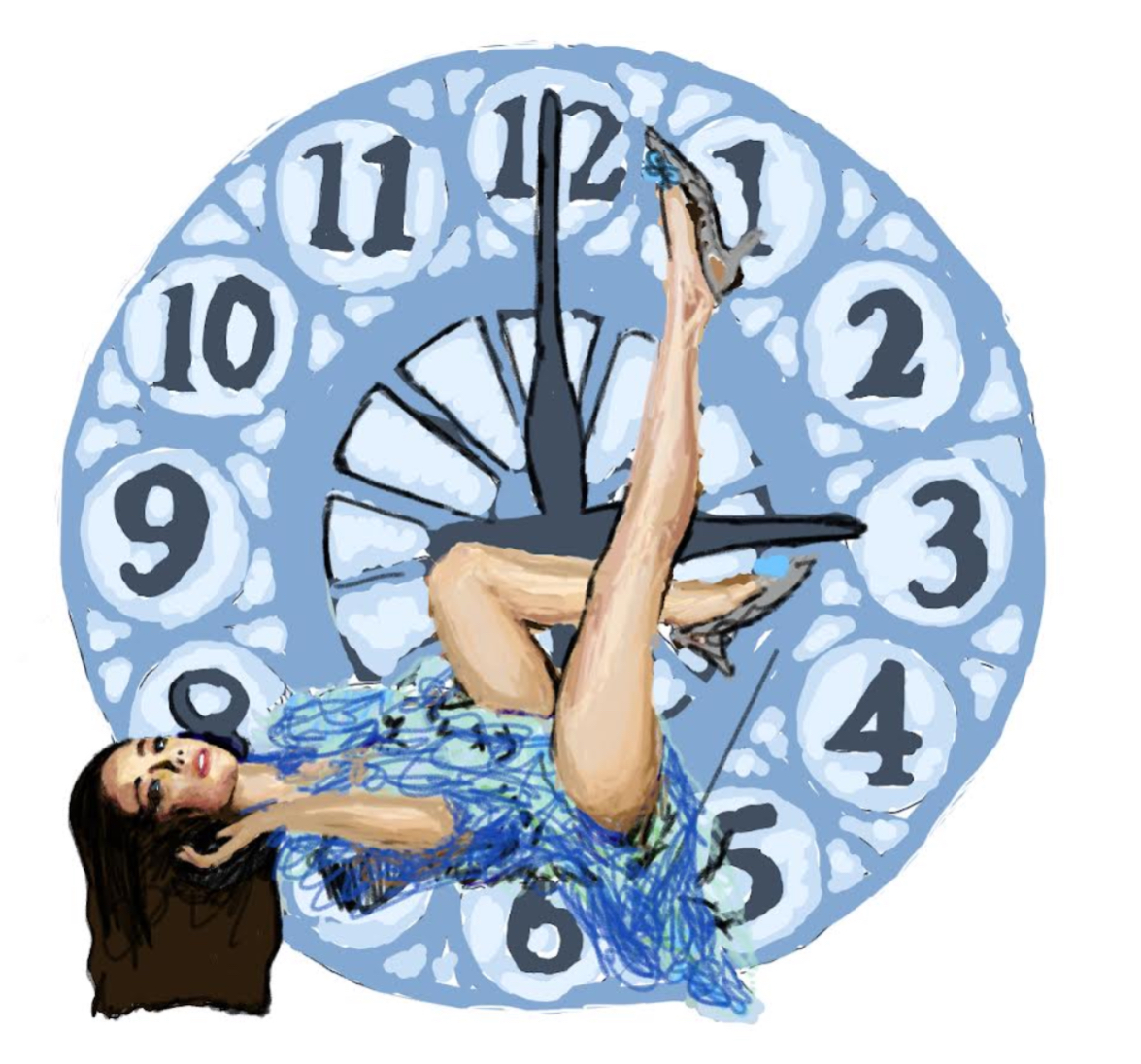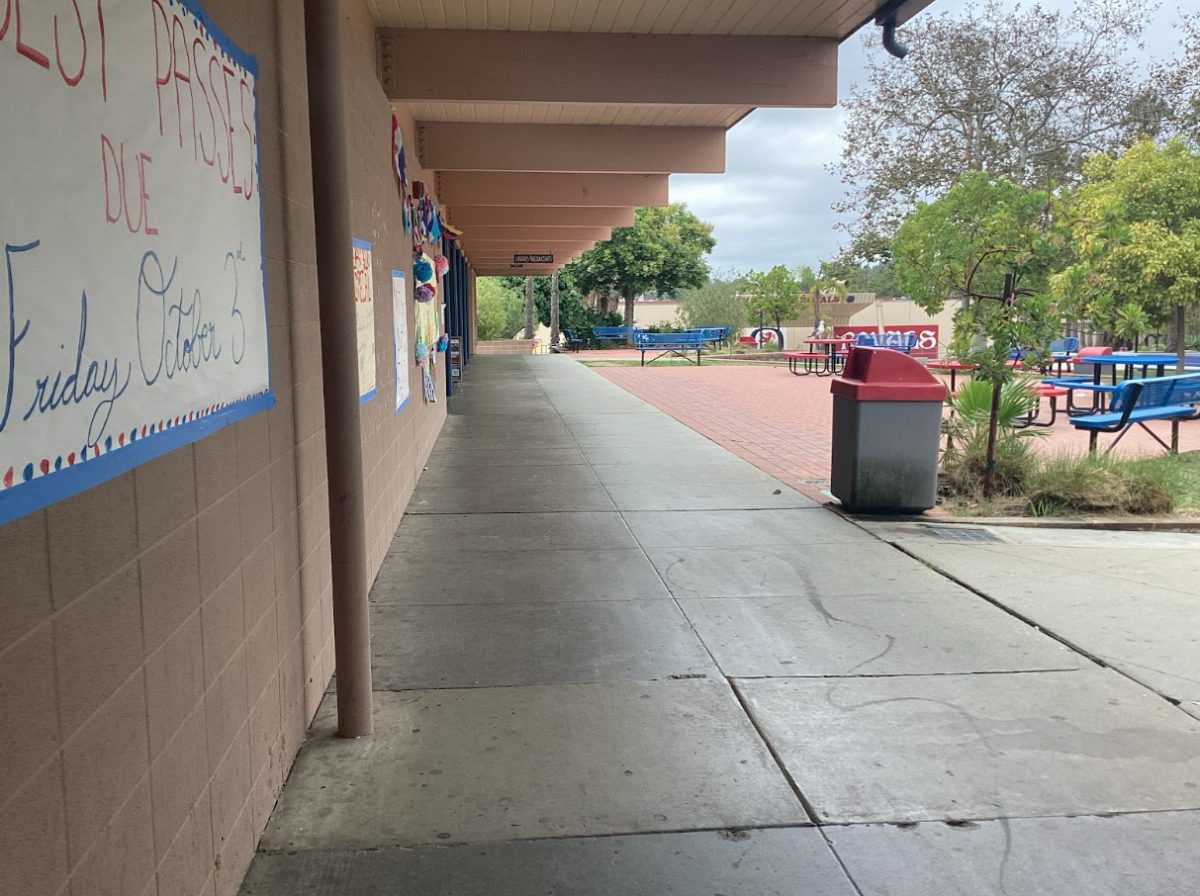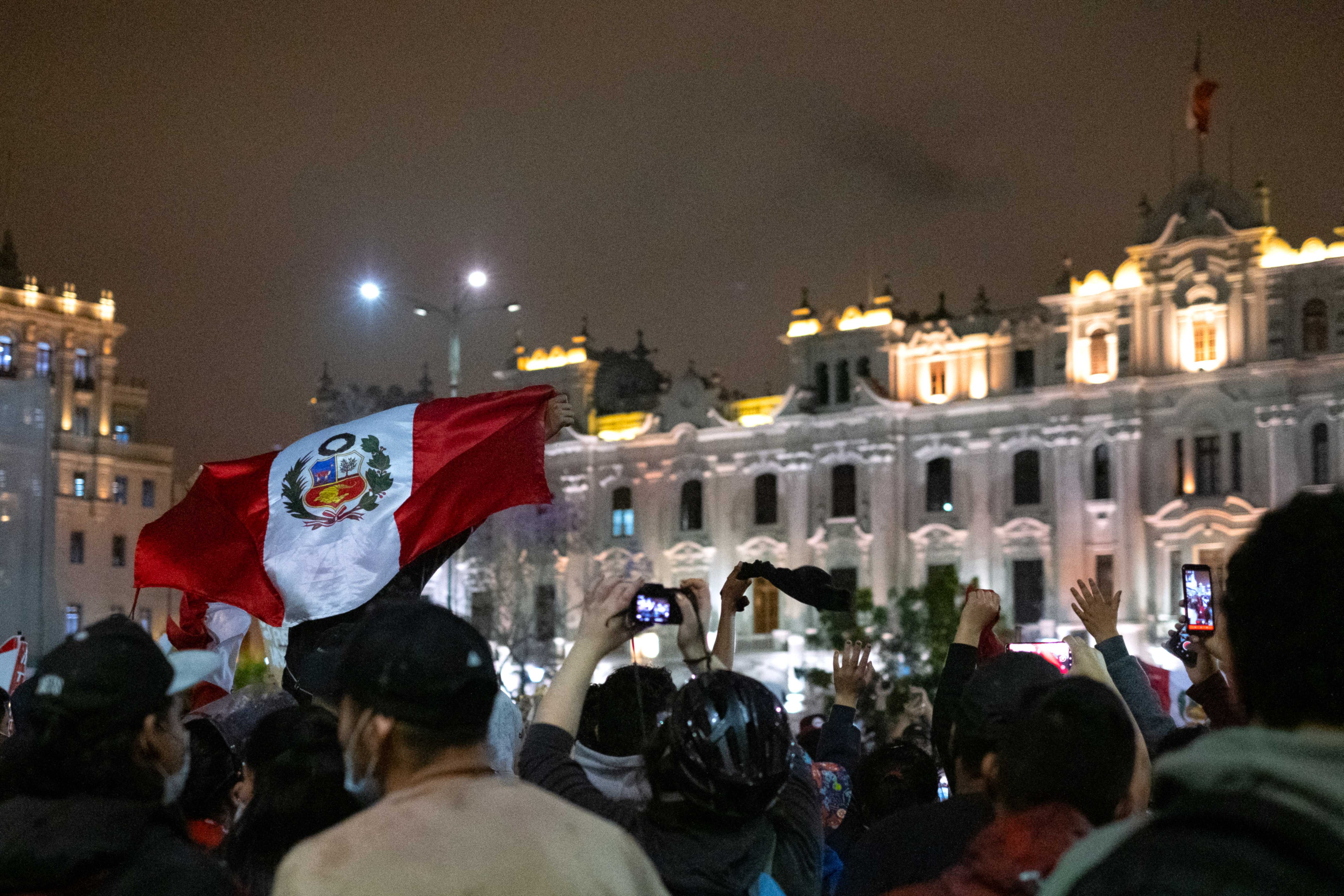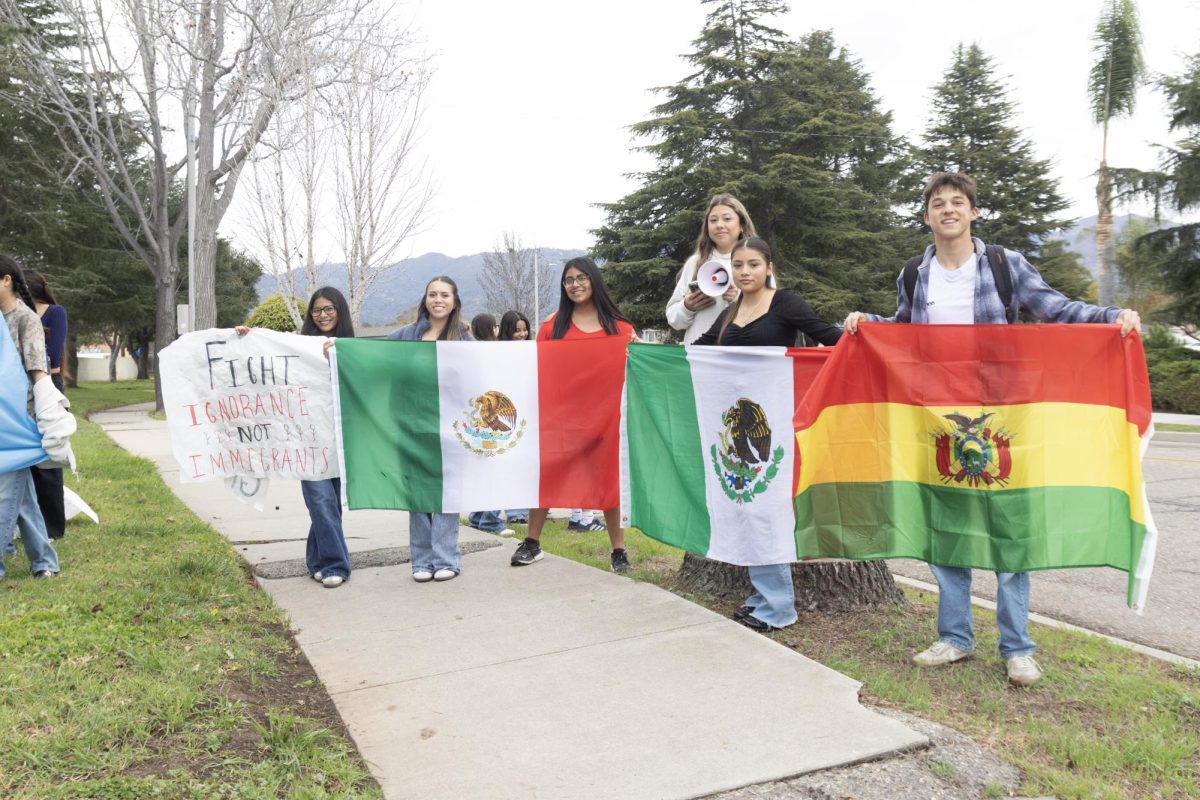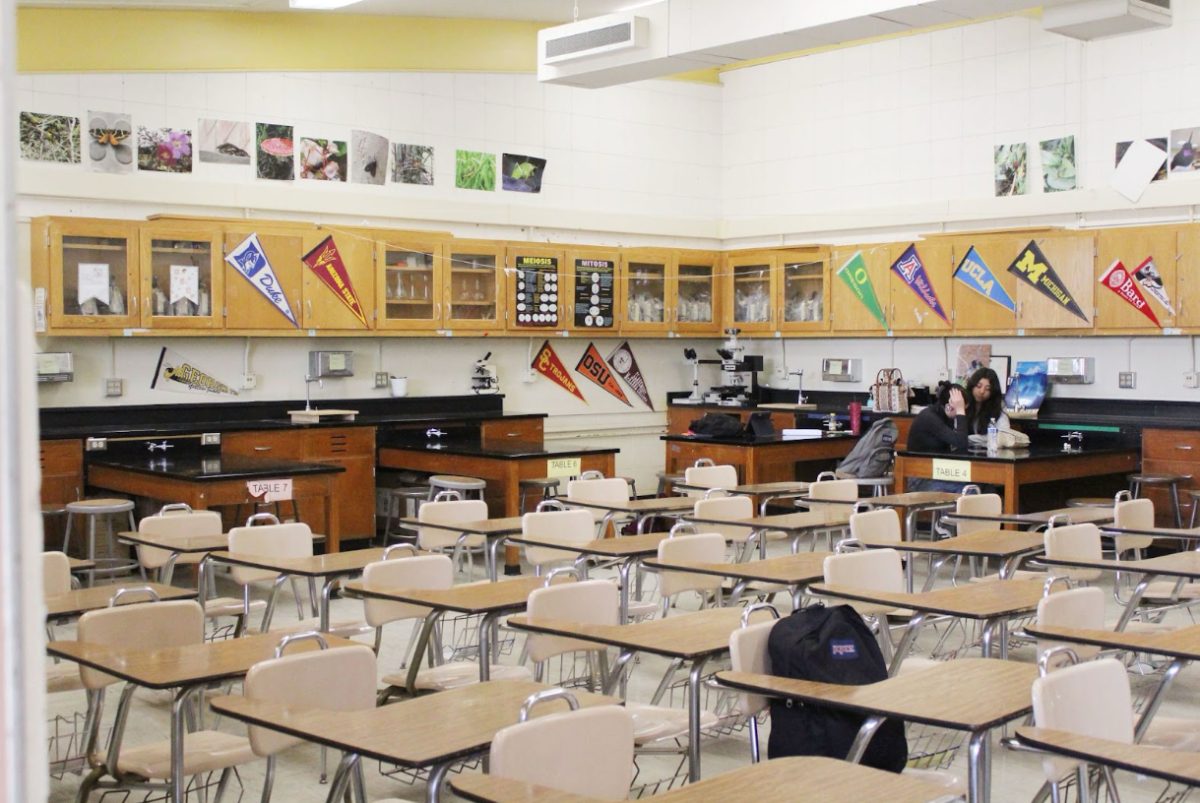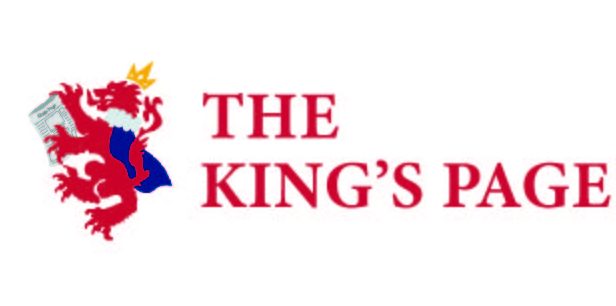A few months ago, starting with the impeachment of the popular Martin Vizcarra, Peru went through three presidents within a week putting attention towards Peru’s complicated political system. However, even though this major headline surprised the world, many people are still unaware of what exactly happened and the events that led up to it.
Peru’s political system has been one of uncertainty and unpredictability for many years, leading to a string of 4 presidents involved in corruption scandals with President Martin Vizcarra being one of them. Before his days of presidency Vizcarra was allegedly involved in taking bribes while serving as the governor of Moquegua. These allegations further surfaced this past year while serving his third year as president, yet he was failed to be impeached this past September. However, he was eventually impeached and removed from office on the 9th of November, six months before the end of his presidency, due to his scandal and for being found guilty by the congress for his “moral incapacity,” a vague term that is assumed to be aimed at his controversial management of the pandemic in Peru. Currently the Covid-19 death per capita rate is one of the highest in the world according to John-Hopkins University, which has further led Peru’s economy (which was one of the top in Latin America before the pandemic) into a recession. Many members of congress, led by Manuel Merino, believe Vizcarra is to blame while many others believe he tried his best but simply could not succeed in putting the country in lockdown due to people needing to work because of Peru’s high poverty rates and lack of sanitary services. Although Vizacarra denied the allegations he did not protest against his removal and was later replaced with Peru’s second president of the week, the head of Peru’s Congress, Manuel Merino.
“In my opinion there is a lot of corruption and acting out of self interest in Peru,” says junior Lily Poehler. “However, I find it interesting that the government didn’t listen to the people when they removed a well liked president but they removed the new president when the people protested.”
As soon as Manual Merino was placed as interim president by congress, Peru’s citizens erupted in protests against the swearing in of the far right politician throughout Lima, Peru’s Capital. The removal of Vizcarra deeply angered Peru’s citizens for many saw the political move as a coup (which Peru did experience around 20 years ago during a constitutional crisis caused by Peru’s then president, Alberto Fujimori, making it a valid fear for many of Peru’s civilians.) However, during these protests many protesters of all social classes were met with police brutality from teargas and beatings to two deaths. After five days of unrest within the streets of Lima it were these deaths that brought Merino to his resignation.
“I present my irrevocable resignation,” Merino announced in his national video message, then further stated, “I call for peace and unity of all Peruvians.”
In Manuel Merino’s succession congress appointed Francisco Sagasti. Penn State and University of Pennsylvania graduate, Francisco Sagasti isn’t a well known politician. However, he is supported by many, ending Lima’s protests, because he and the Purple Party ( a centrist liberal party that Sagasti helped found in response to Fujimori’s coup in 1992) were not in favor of the impeachment of Martin Vizcarra. As the third president of that week Sagasti will remain in his role of interim president until Peru’s presidential election this coming April.
